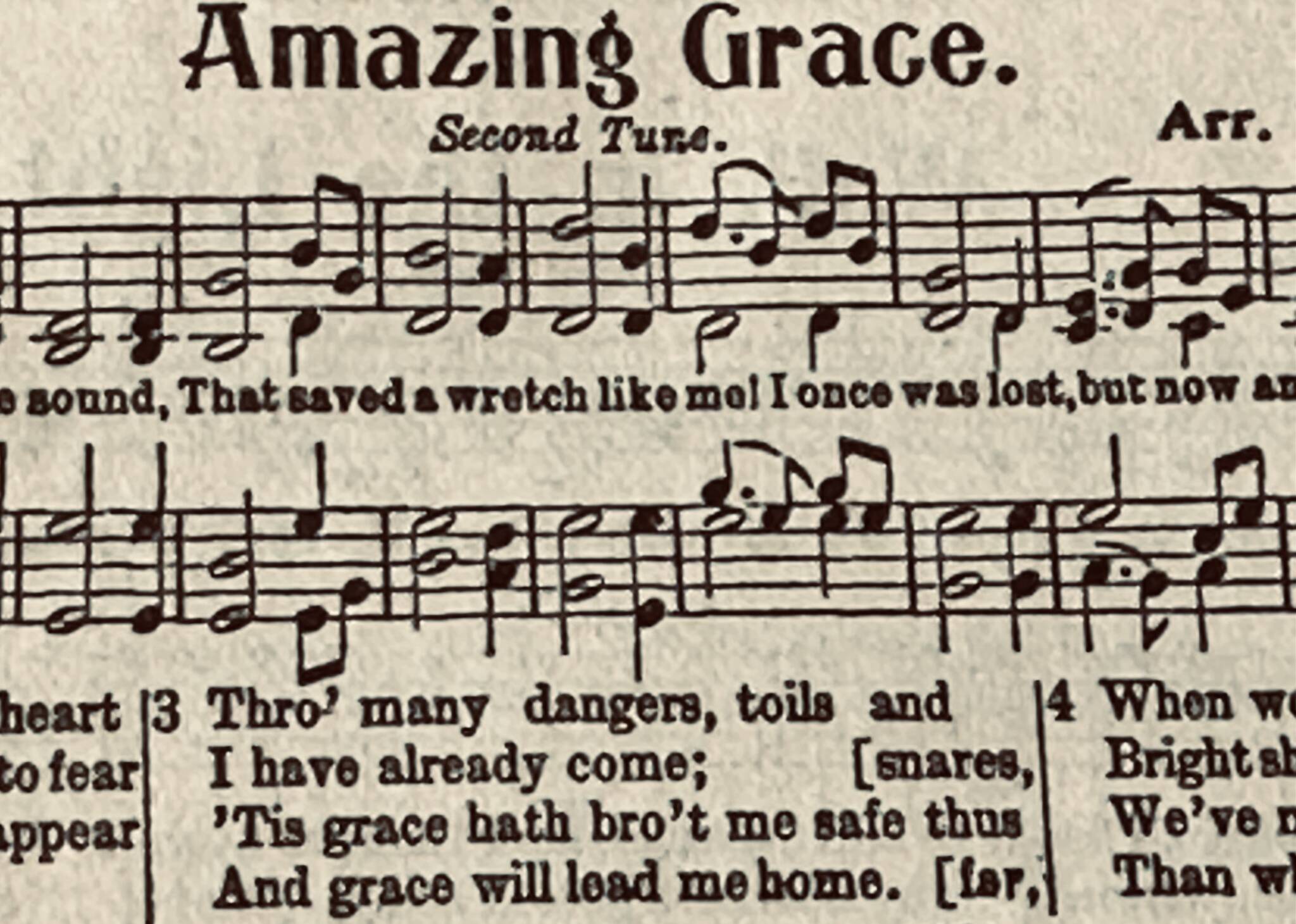Feb. 14 is the midpoint of the month. It’s the date on our calendars that Cupid’s arrow seems to find quite easily. That chubby cherub’s dead-eye aim separates the first half of February from the second. It’s a day associated with love.
But 14 is not the only number that equates to love. For the Seahawks faithful, being a 12 connotes fully-committed devotion as well. The 12s are anything but fair-weather fans. They love their team regardless of the Hawks’ wins or losses.
And for readers of the New Testament, the number 13 is one that calls to mind what love for others looks like. The thirteenth chapter of St. Paul’s Epistle to the Romans and the thirteenth chapter of his first letter to the Corinthians both define the Christian virtue of love. Who can’t recite the apostle’s bumper sticker summation? “But the greatest of these is love!”
All the same, February 14 will likely remain the unrivaled date we associate with love. Legend suggests our tradition of sharing Valentine greetings can be traced to children who sent written expressions of affection to an incarcerated Christ-follower by the name of Valentine. The jailed would-be martyr lived in the third century and would eventually be canonized. In time the custom of sharing love notes caught on. And that is why we give artistically designed sentiments to those we can’t imagine doing life without. It’s a custom that has been the hallmark of greeting card companies for decades.
And speaking of Valentines, this week I’m thinking of a most unusual one. It’s one of the oldest I’ve come across. It was written exactly 250 years ago by a pastor who designed his own sentiment of affection. When John Newton put pen to paper on a cold winter night in 1773 and sketched out a love poem, he wasn’t thinking of his wife Mary. He was reflecting on his love for God.
The poem that Pastor Newton wrote was part of his sermon to be delivered to his congregation in a village 60 miles north of London. In his verses, the cleric celebrated the amazing grace of God in his own life. This unlikely man of the cloth had been the epitome of a degenerate reprobate. Seeking pleasure and profits above all else, Newton had become slave trader earlier in his life. His wanton lifestyle resulted in serious illness and personal setbacks. He nearly died in a shipwreck.
Although often thought to have originated in the African American culture of the antebellum south, this love poem was birthed in the heart of white man whose attitude toward Black people was amazingly altered. Newton’s autobiographical poem was eventually put to music and has become what is thought to be the most popular Christian hymn ever written.
Newton’s candid confession “amazing grace, how sweet the sound, that saved a wretch like me,” testifies to his dramatic conversion. It also provides a vocabulary of praise that others (who have had similar spiritual rebirths) can voice. In his words, you can feel his love for and gratitude of a gracious and merciful God.
Newton’s subsequent verses offer expressions of God’s grace that those who have not had dramatic conversions can easily identify. Words like… “Twas grace that taught my heart to fear and grace my fears relieved…” and “Through many dangers, toils and snares, I have already come…” and “God who called me here below will be forever mine.”
Although John Newton didn’t write the last stanza (“When we’ve been there ten thousand years bright shining as the sun…”) it is estimated that verses he did write are sung ten million times a year. Around the world and in most languages, Newton’s lyrics attesting to God’s grace are still being vocalized a quarter millennia after they were written. Isn’t that simply amazing?
Guest columnist Greg Asimakoupoulos is chaplain at Covenant Living at the Shores in Mercer Island.



